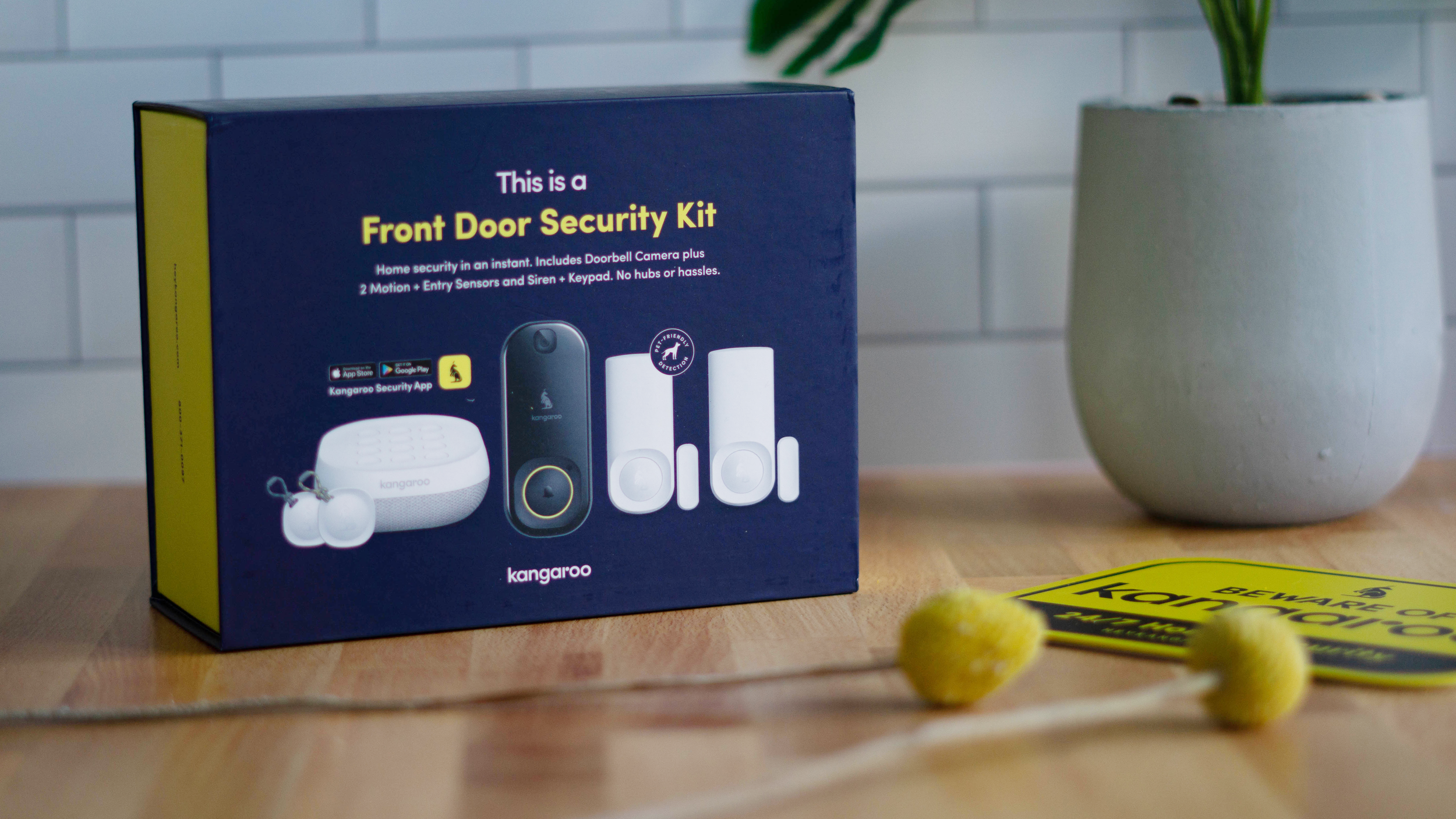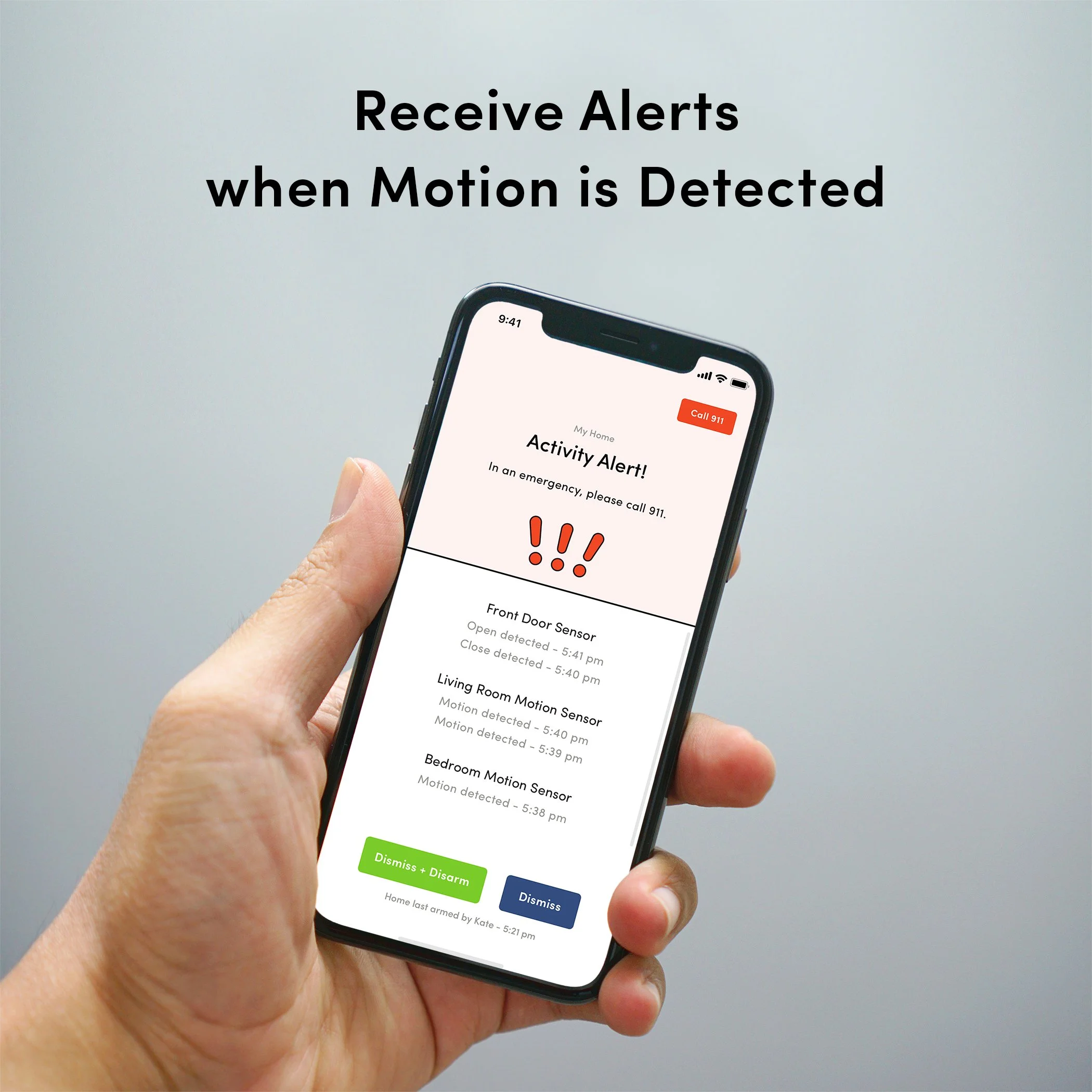Avoiding the Most Dangerous Neighborhood in New York City
New York City is one of the world's most exciting and, statistically, one of the safest large cities in America. However, like any major metropolis, its five boroughs contain a complex tapestry of neighborhoods, each with its own unique character and safety profile. For both residents and visitors, understanding which areas require a higher degree of caution is key to navigating the city with confidence.
This guide provides a data-driven, straightforward look at the NYC neighborhoods with the highest crime rates. We'll analyze the statistics, answer your specific questions about areas like Harlem and The Bronx, and provide actionable tips to ensure your focus remains on the incredible experiences the city has to offer.
NYC Neighborhood Safety: A Data-Driven Overview
While news headlines can be alarming, it's important to know that crime, particularly violent crime, is highly concentrated in a small number of neighborhoods. The table below provides a clear overview based on the latest available data to help you assess risk at a glance.
| Neighborhood | Violent Crime Rate Index (per 100k) | Notable Crime Trends | Safety Status |
|---|---|---|---|
| Hunts Point, Bronx | ~1,350 | Persistently high rates of assault and robbery. | High Caution |
| Brownsville, Brooklyn | ~1,290 | High concentration of gang activity; focus on reducing shootings. | High Caution |
| East New York, Brooklyn | ~1,180 | Challenges with robbery and drug-related crime. | Increased Caution |
| Mott Haven, Bronx | ~1,050 | Development and gentrification clashing with existing crime issues. | Increased Caution |
| Bedford-Stuyvesant, Brooklyn | ~710 | Risk of robbery and property crime, varies significantly by block. | Increased Caution |
| Central Harlem, Manhattan | ~620 | Rates have dropped but remain higher than Manhattan average. | Moderate Caution |
| East Harlem (Spanish Harlem) | ~590 | Property crime and drug offenses are key concerns. | Moderate Caution |
| Bushwick, Brooklyn | ~550 | Rapid gentrification; concerns with robbery and assault persist. | Moderate Caution |
Data Disclaimer: The figures above are estimates based on an analysis of the latest full-year NYPD CompStat data (2024-2025). "Violent Crime Rate Index" is a comparative metric. Crime trends are dynamic and can vary significantly by street and time of day.
In-Depth Analysis of High-Caution Neighborhoods
Is Hunts Point, Bronx Dangerous?
Yes, based on all available data, Hunts Point is considered one of New York City's most challenging neighborhoods regarding crime. It consistently records very high rates of violent crime per capita, particularly assault and robbery. The area is largely industrial and suffers from high poverty rates, which are contributing factors. While it is not a tourist destination, anyone needing to be in the area should exercise a high degree of caution, especially after dark.
Is Brownsville, Brooklyn Safe?
Brownsville has a long-standing reputation for high crime, and recent statistics support this. It has one of the highest concentrations of public housing in the country and struggles with systemic poverty and gang-related violence. While community-led initiatives are working to improve safety, it remains an area with violent crime rates far exceeding the city average.
How Dangerous is East New York, Brooklyn?
Similar to Brownsville, East New York is a neighborhood that has historically struggled with high rates of violent crime, including shootings and robberies. While the area has seen some investment and development, its crime rate remains among the highest in Brooklyn. Caution is strongly advised, particularly in the evening and in areas away from the main commercial thoroughfares.
The Big Question: Is Harlem Safe?
"Harlem" is a large, culturally rich, and diverse area of Upper Manhattan, and its safety cannot be described with a simple "yes" or "no." Safety in Harlem varies significantly by block and avenue. It's crucial to understand its different parts:
West Harlem (Hamilton Heights, Sugar Hill): This area, home to City College and beautiful architecture, is generally considered safe. Like anywhere in NYC, you should remain aware of your surroundings, but it does not have the high crime rates of other neighborhoods on this list.
Central Harlem: This is the historic heart of African American culture in NYC. While crime rates here are higher than the Manhattan average (as shown in the table), they have dropped dramatically over the past two decades. The main thoroughfares like 125th Street are vibrant and busy. However, caution is still warranted late at night.
East Harlem (Spanish Harlem): Of the three areas, East Harlem has historically had the most challenges with crime. While it has seen significant safety improvements, its violent crime rate remains notably higher than the city average, placing it in the "Moderate Caution" category.
The Verdict on Harlem: It is not one of the "most dangerous" neighborhoods in all of NYC, but parts of it require more caution than most of Manhattan. For tourists, staying on main, well-lit avenues is always recommended.
Essential Safety Tips for Navigating Any NYC Neighborhood
Whether you're in Times Square or venturing into an outer borough, these universal tips will enhance your safety.
Maintain Situational Awareness: This is the single most important rule. Keep your head up and your phone in your pocket when navigating unfamiliar streets. Avoid wearing headphones in both ears, especially at night. Trust your instincts—if a street or situation feels unsafe, leave.
Plan Your Route: Know where you're going before you leave. Stick to well-lit, populated streets. If you're traveling late at night, a taxi or ride-sharing service is often a better choice than walking through quiet areas.
Don't Flash Valuables: Avoid wearing expensive jewelry or flashing large amounts of cash. Keep your wallet in a front pocket and be mindful of your bag on crowded subways or streets.
Secure Your Home or Rental: Your peace of mind starts where you stay.
Always lock your doors and windows, even if you're only gone for a minute.
For residents in any neighborhood, a reliable and easy-to-use security system can be a powerful deterrent. Kangaroo's motion sensor, security cameras and 24/7 professional monitoring plans offer an affordable way to ensure your space is protected.
Blend In: Walk with purpose and confidence, even when you're not sure where you're going. If you need to check a map, step into a store or cafe to do so.
Frequently Asked Questions (FAQ)
-
This depends on the area. West Harlem is generally safer. In Central and East Harlem, it is highly recommended to use a taxi or rideshare for travel late at night rather than walking, especially if you are alone.
-
Statistically, The Bronx has the highest per-capita rate of violent crime, with several of its precincts ranking among the highest in the city. Brooklyn, however, has a higher total number of crimes due to its larger population and contains high-crime neighborhoods like Brownsville and East New York.
-
For the best experience and peace of mind, tourists should generally avoid booking accommodation in Hunts Point, Brownsville, and the deeper parts of East New York. While the city is accessible from anywhere, staying in these areas requires a level of street sense that is not ideal for a relaxing vacation.
Explore Confidently, Not Fearfully
New York City's energy is its magic. This guide is not meant to scare, but to empower. By understanding the nuances of the city's neighborhoods, you can make informed decisions that allow you to explore its incredible diversity, culture, and history with confidence.
Be aware, be smart, and enjoy everything the greatest city in the world has to offer.



![[QUIZ] What's Your Home's True Security Vulnerability Score?](https://images.squarespace-cdn.com/content/v1/6047adb1f3383c71b64f494b/7b99bd74-f07d-42ae-a096-72ee222bde79/IMG_4306.jpg)













Think more cameras mean more safety? Discover 3 ways an over-secured home can attract burglars and learn why smart, discreet security is the better choice.